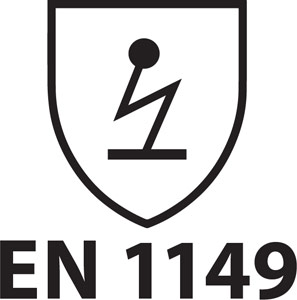
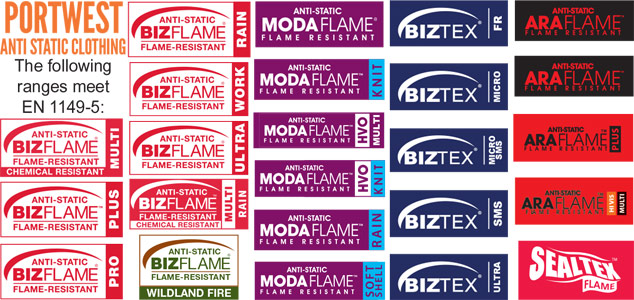
This European standard is part of a series of standards for test methods and requirements for electrostatic properties of protective clothing.
The standard specifies material and design requirements for garments used as part of a total earthed system, to avoid incendiary discharges.
The requirements may not be sufficient in oxygen enriched flammable atmospheres.
This European Standard is not applicable for specifying protection against main voltages.
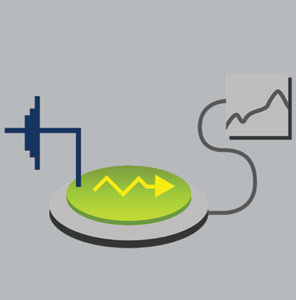
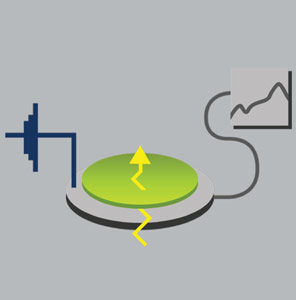
Test method for measurement of surface resistivity. Surface resistance measures the conductivity between two points on the surface of a fabric. The lower the resistance the higher the conductivity, resulting in charge going to earth.
Test method for measurement of the electrical resistance through a material (vertical resistance). This is the level of conductivity when measured through the depth of a fabric.

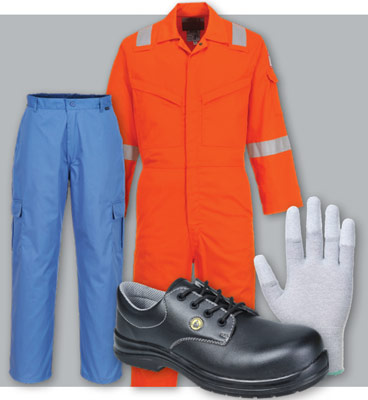
Test methods for measurement of charge decay. Charge decay measures how long it takes for an electric current to dissipate. The quicker it dissipates the higher the anti-static properties of the garment.
Please note the EN 1149-4 Garment Test is under development.
EN 1149-5 specifies the performance and design requirements to avoid static discharge for all electrostatic dissipative protective clothing as part of an entire earthed system, shoes, clothing & floor. The material meets the requirements.
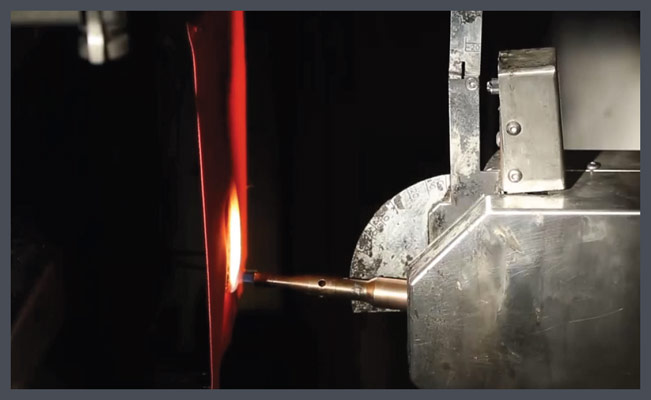
This international standard specifies the performance requirements for the limited flame spread properties of materials and protective clothing intended to protect workers against occasional brief contact with small flames.
There are 3 indices for limited flame spread protection under the standard. Depending on how the fabric performs during the test determines the index or level of protection.
EN ISO 14116 Testing Equipment
A specialist test rig is used for testing flame standards on materials under laboratory conditions. A small flame is applied to a fabric sample for 10 seconds and then removed. The condition of the fabric is then examined.
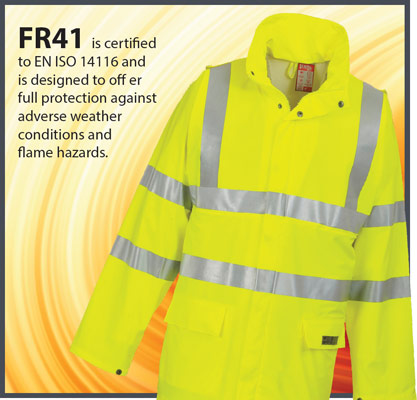
Index 1 - The lowest level of protection
The flame does not spread, there are no flaming debris, no afterglow but a hole may be formed
Index 2 - A higher level of protection
The flame does not spread, there are no flaming debris, no afterglow and there will be no hole formation.
Index 3 - The highest level of protection
At this level the flame does not spread, there are no flaming debris, no afterglow, no hole formation and it also specifies that the afterflame time for each individual sample garment is less than 2 seconds.
The t-shirt features a ribbed collar and cuffs for a comfortable fit
The t-shirt features a ribbed collar and cuffs for a comfortable fit
The t-shirt features a ribbed collar and cuffs for a comfortable fit
The t-shirt features a ribbed collar and cuffs for a comfortable fit
The t-shirt features a ribbed collar and cuffs for a comfortable fit
The t-shirt features a ribbed collar and cuffs for a comfortable fit
The t-shirt features a ribbed collar and cuffs for a comfortable fit
Specifications are subject to change - See Terms & Conditions for more info
Portwest has been independently rated by Ecovadis for its environmental, social, and ethical performance and achieved a silver rating, meaning they are in the top 25% of globally rated companies.
The pillars taken into consideration include the environment, labour practices and human rights, ethics, and sustainable procurement.
This product conforms with essential health and safety requirements as set out in European Directives.
This symbol indicates UKCA marking in progress at time of print. All products placed on the UK market from January 2023 must be UKCA marked.
This product is CE marked as a Category 3 item for complex design.
40+ UPF rated fabric to block 98% of UV rays.
This product is a new addition to the range of Portwest products.